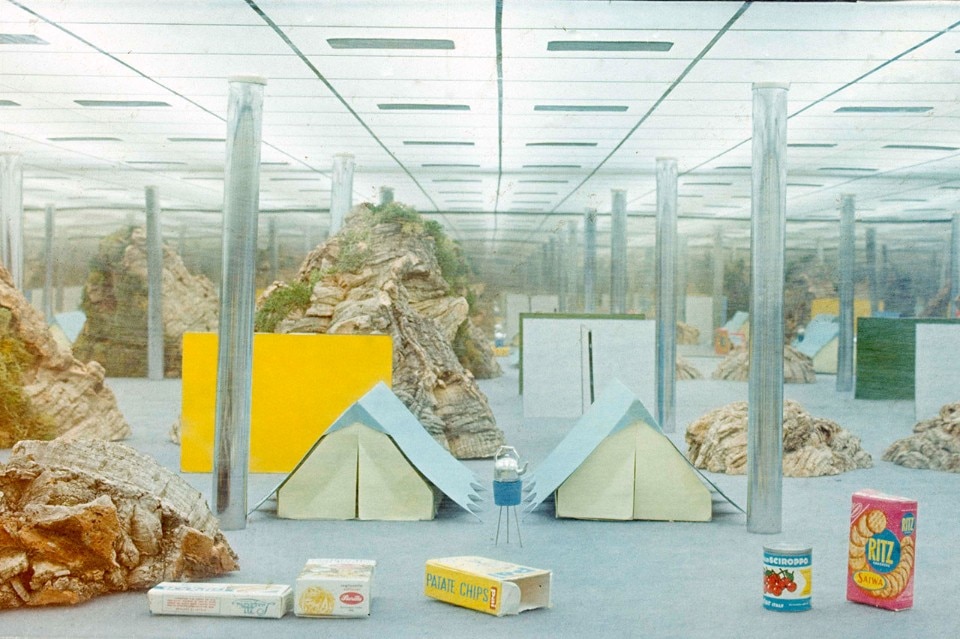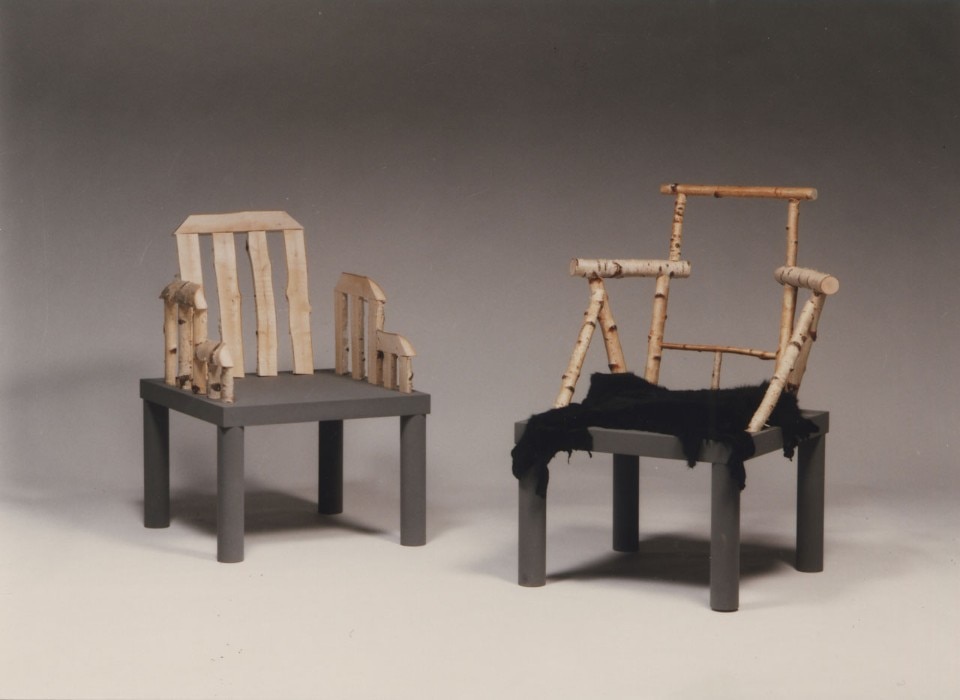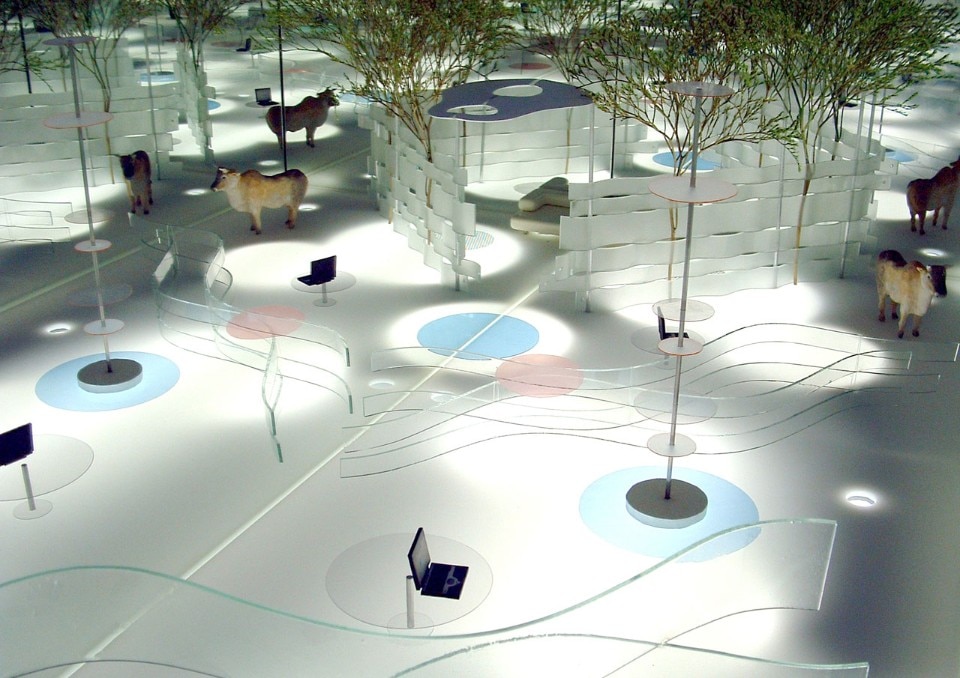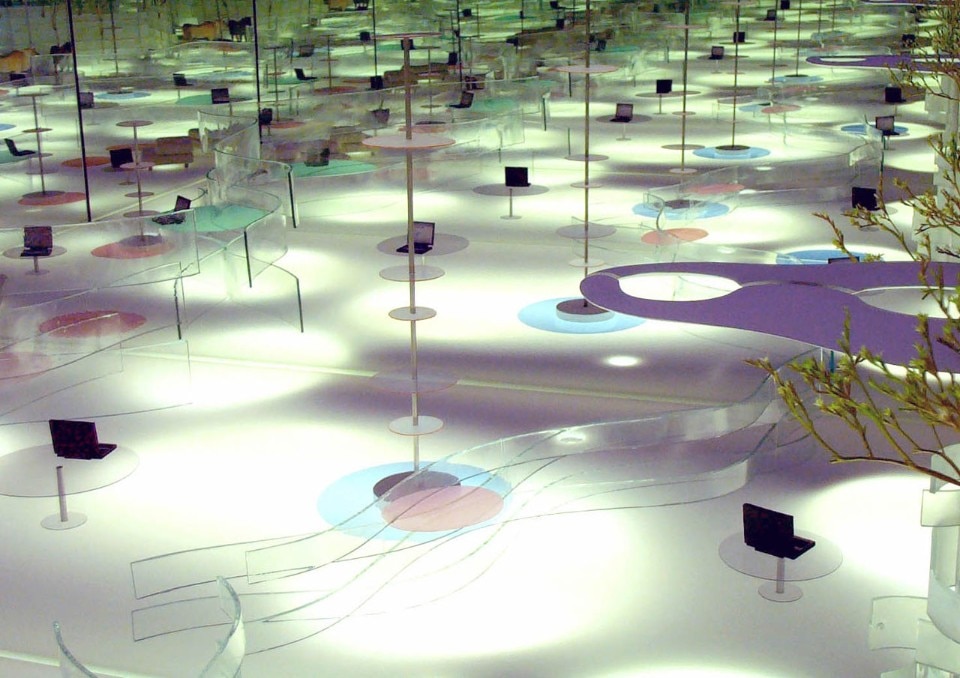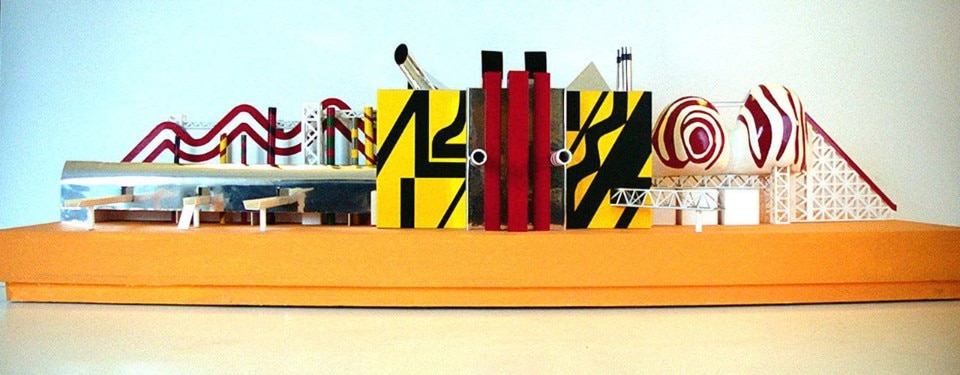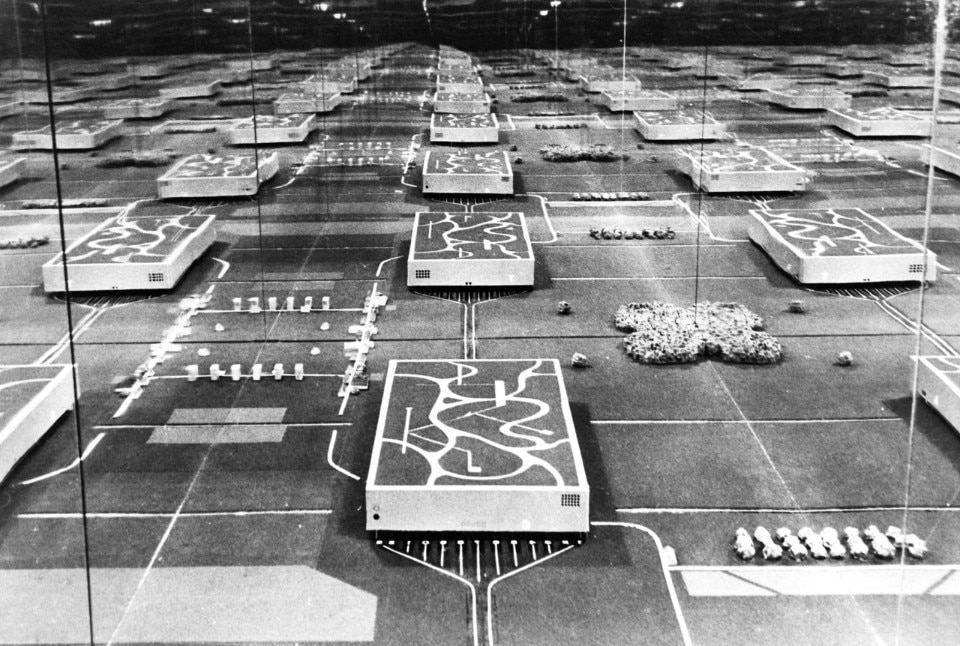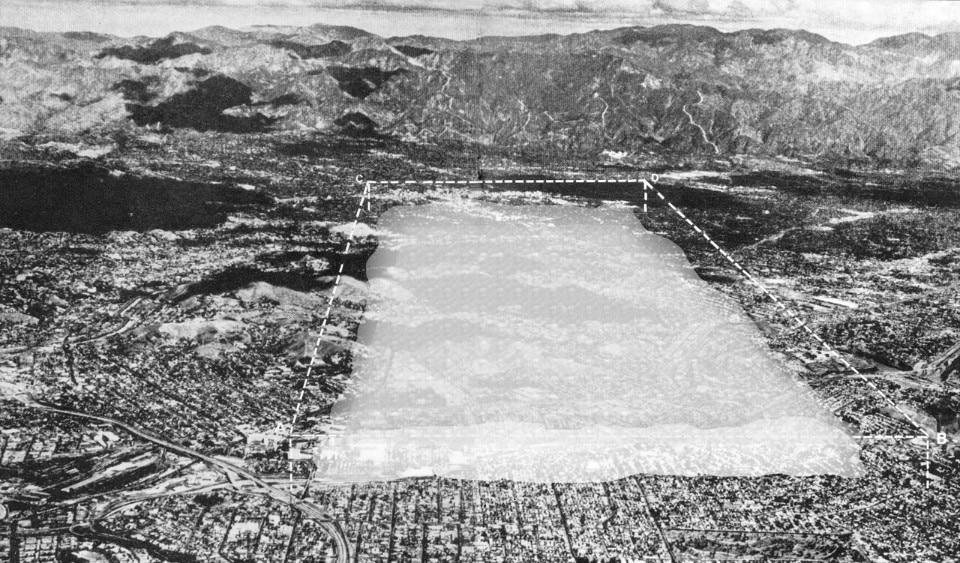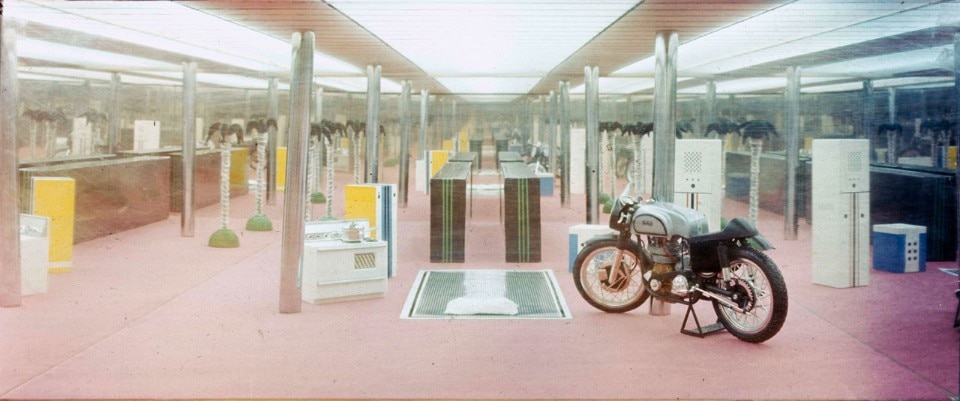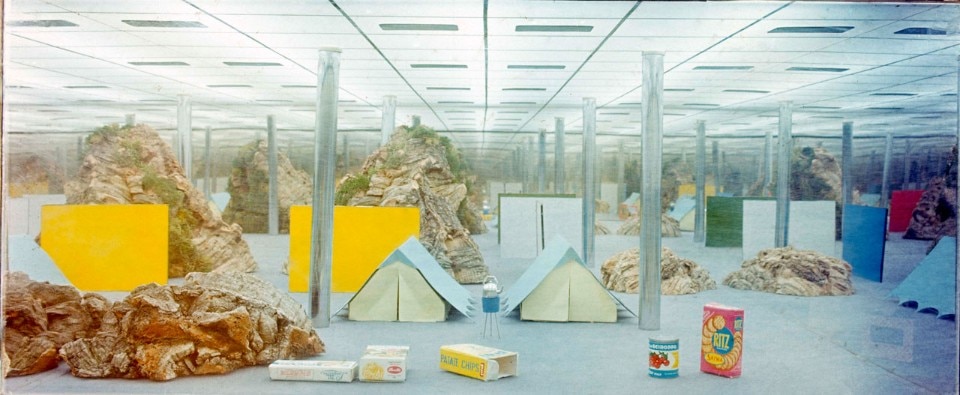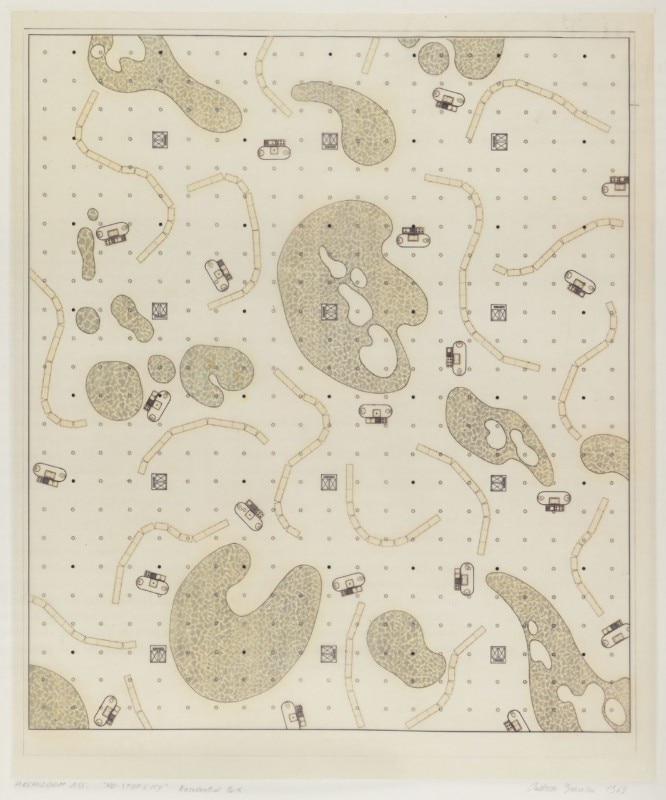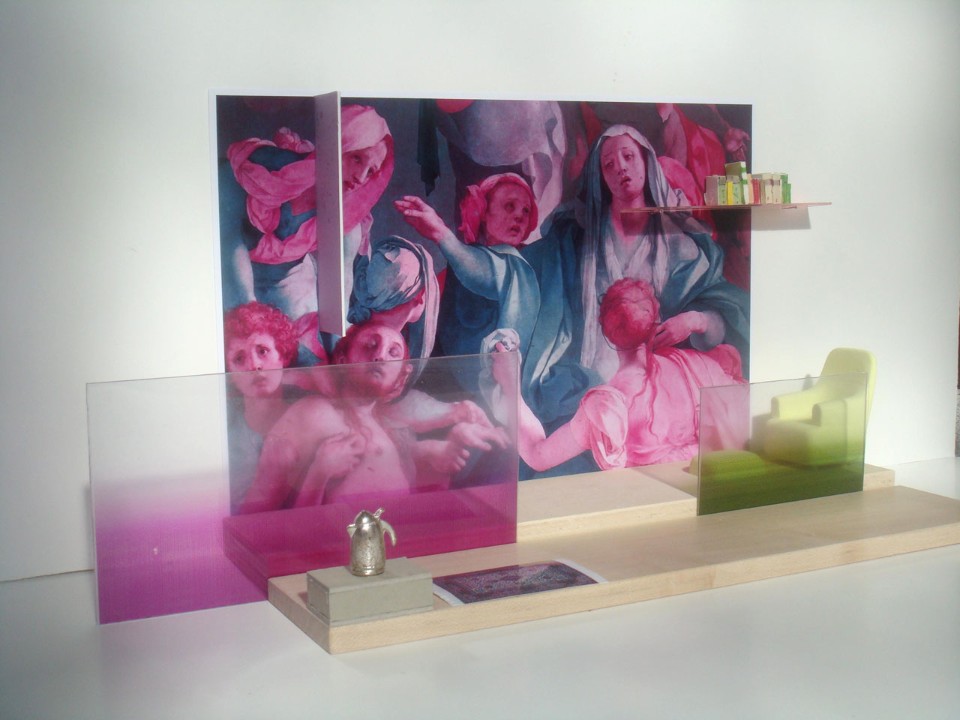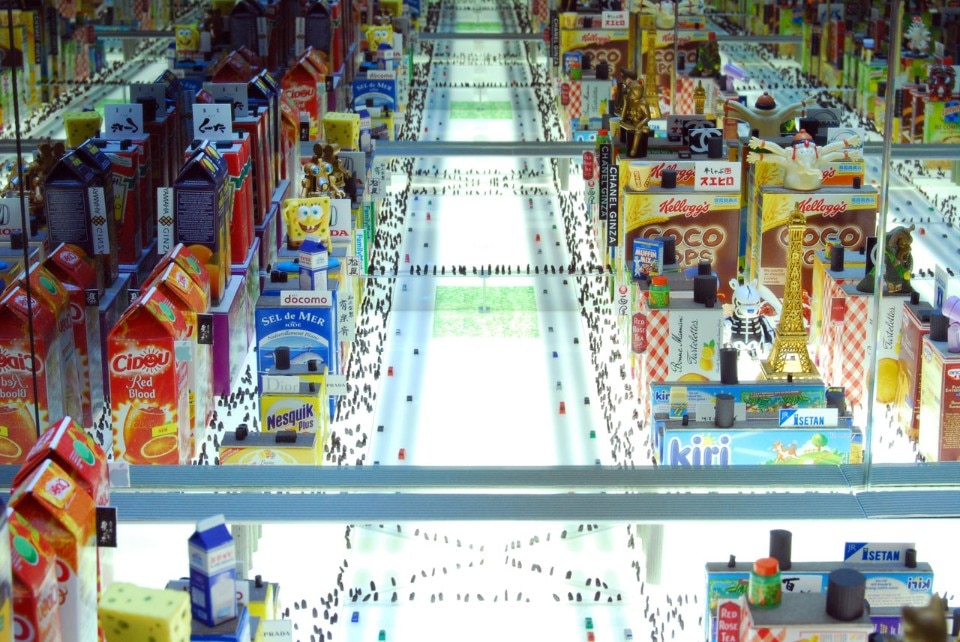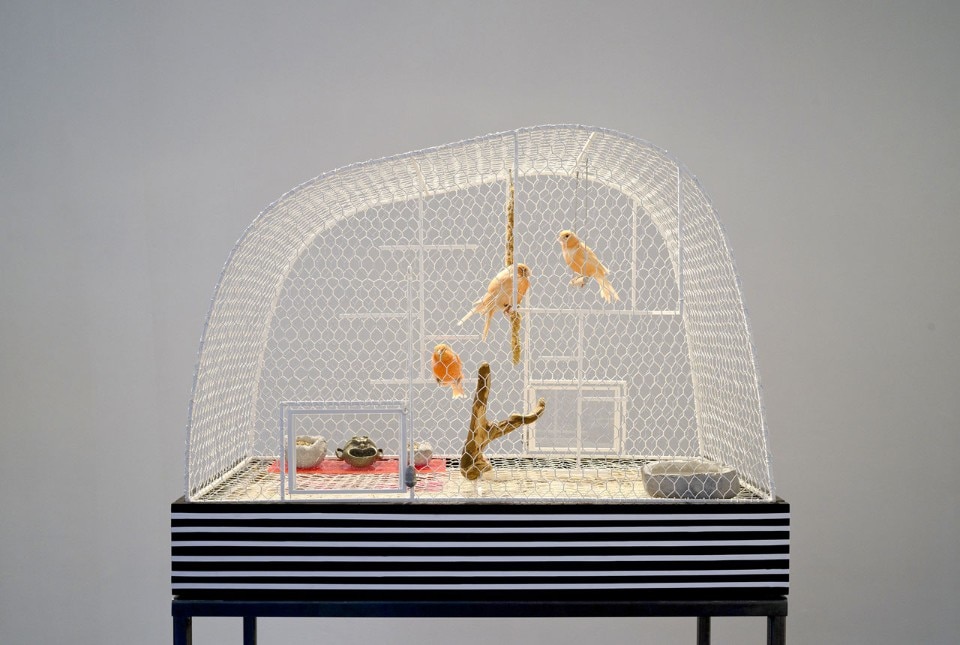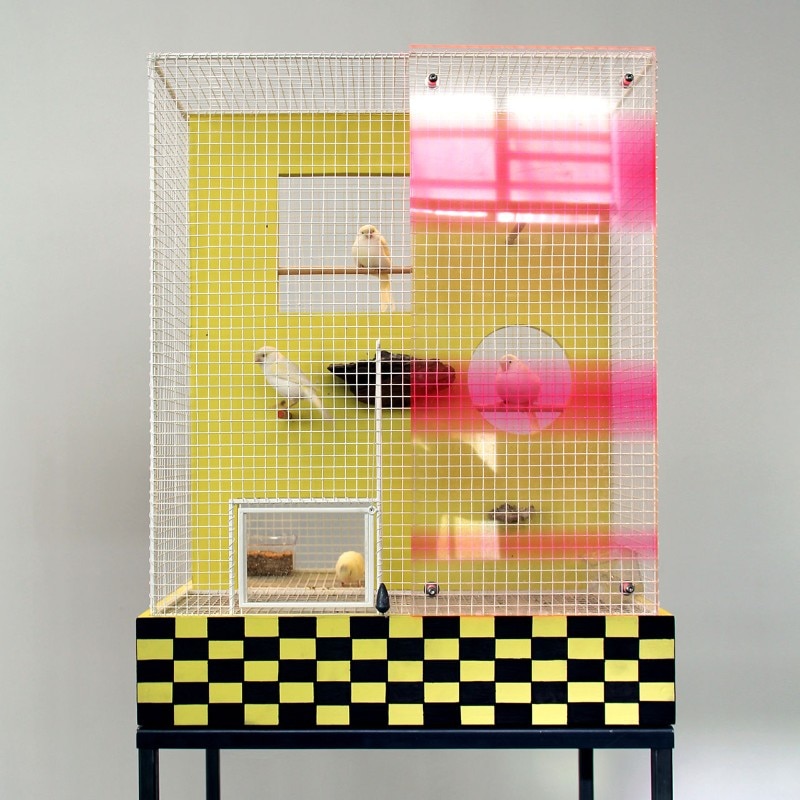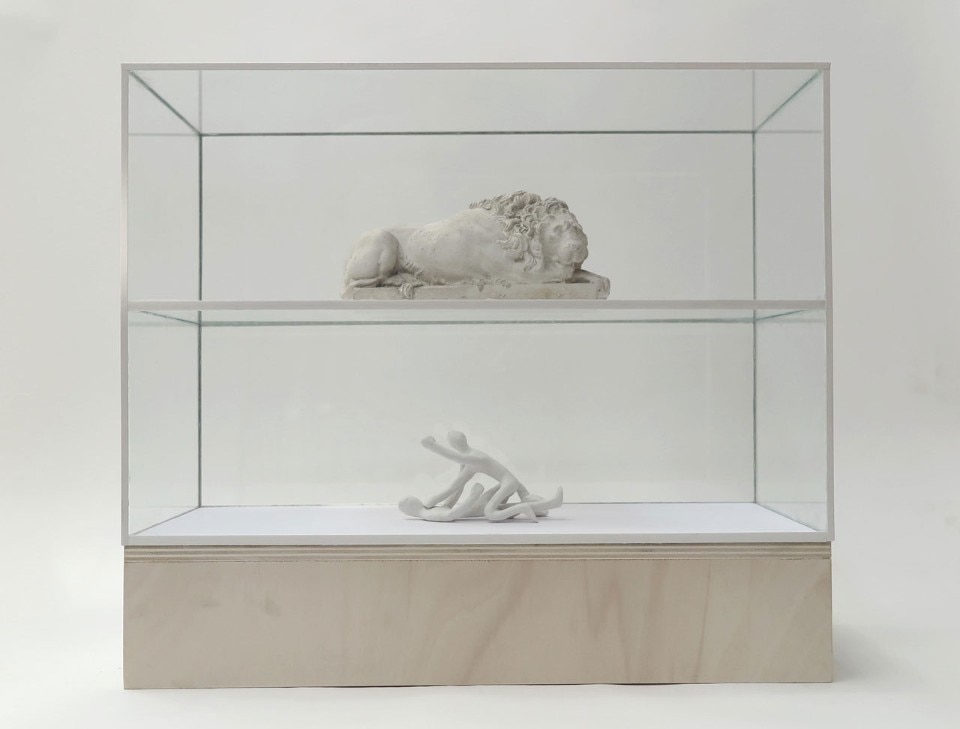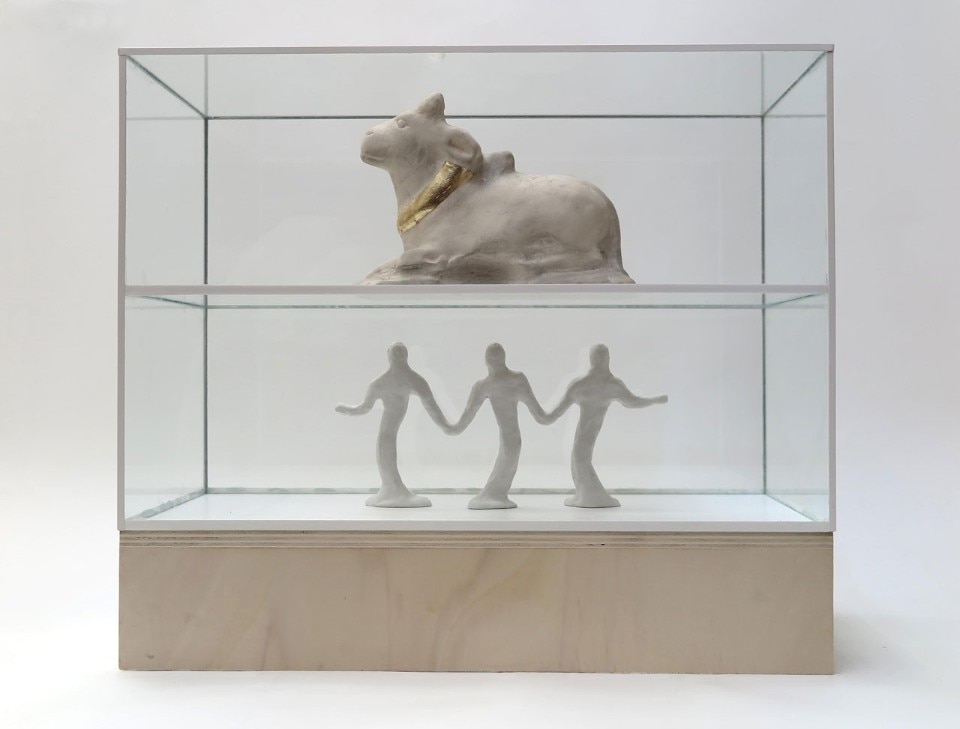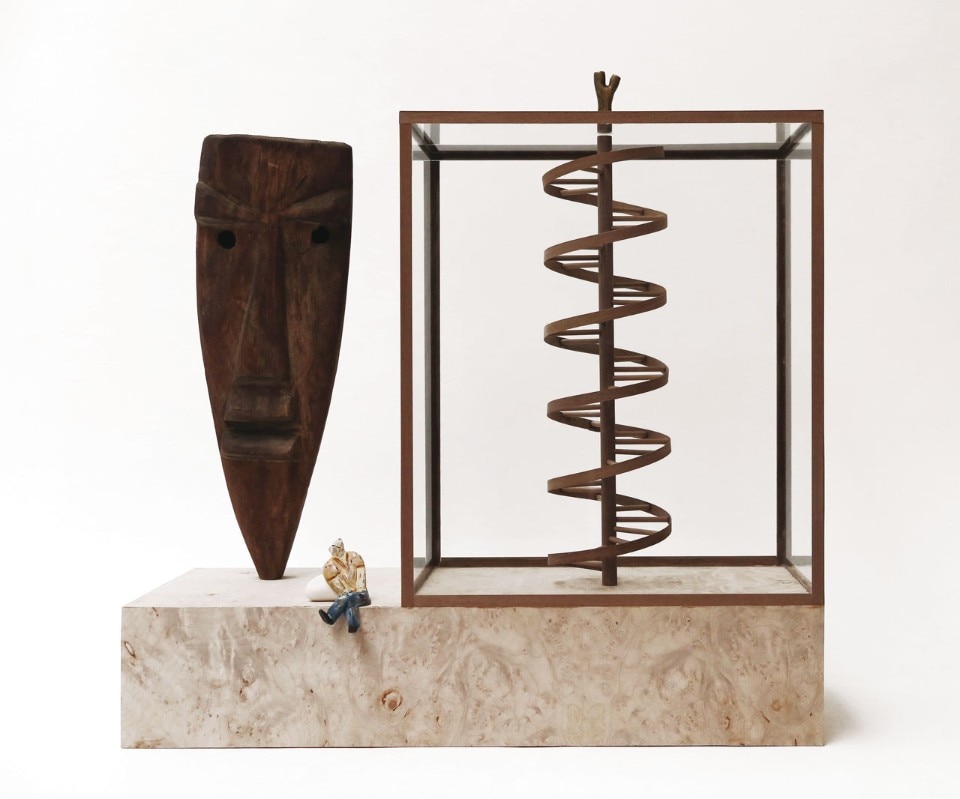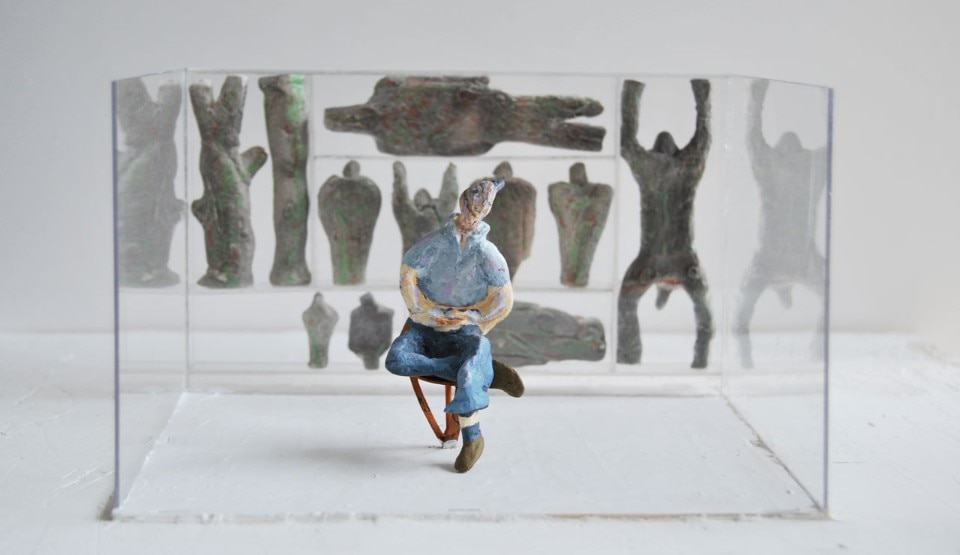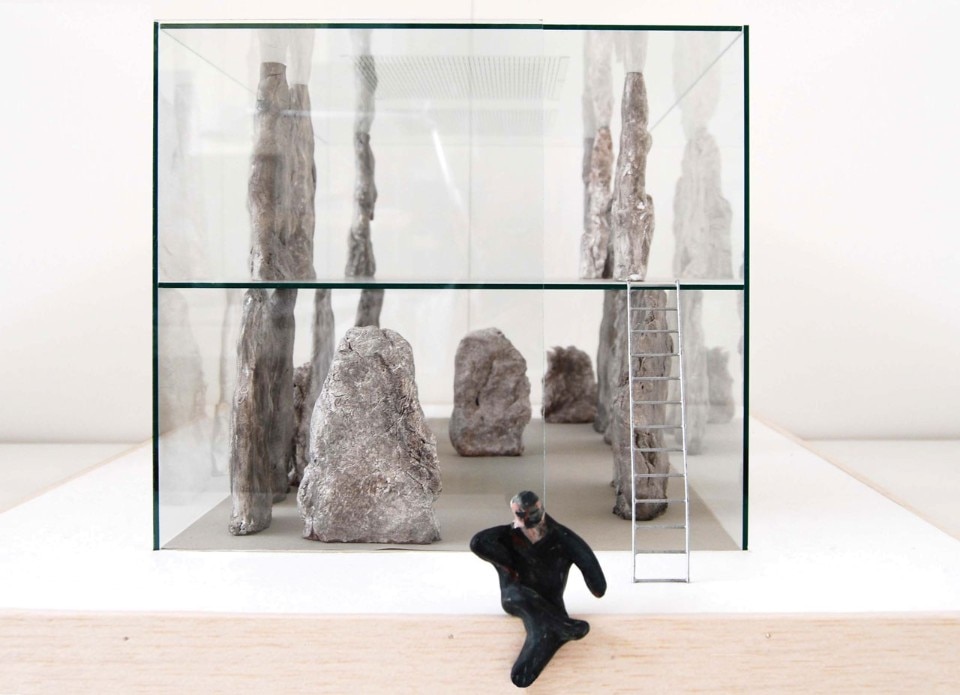Andrea Branzi, designer and theoretician, an important figure in the Radical movement and new Italian design, has, since the 1970s, always used the contemporary to describe the anthropological dimension of projects. The best way to begin an exploration of the world of interiors was to meet him in his studio for an intense conversation.
Let’s begin with a complex but necessary question: what are interiors?
Interiors are often seen purely as interiors, or rather, as environmental events, while their design should instead be seen as a way to update the city with functions and activities which architecture is traditionally unable to provide for. Interior design allows for the updating of the city, changing its function from within, and so should be seen in a metropolitan light, because the city is made up of a series of interiors and not of architecture.
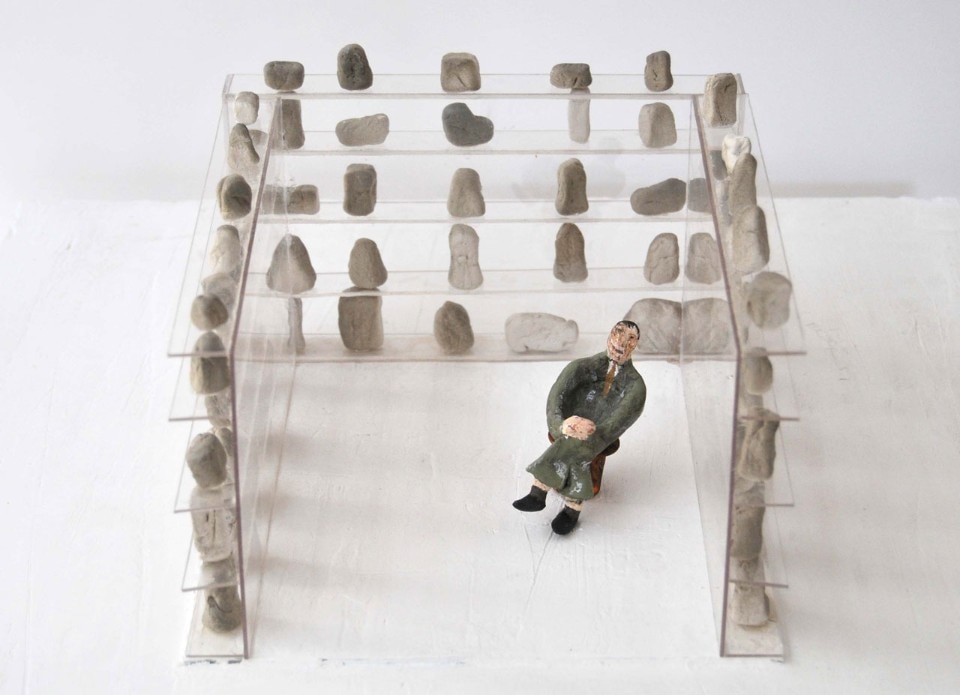
A kind of urban evolution carried out from within.
An evolution as the continuous response to the unsuitability of the city in terms of the evolution of human civilisation. The city must be continuously updated, and this update takes place mainly through interiors, furnishing and design. For example, this apartment has served as a prosthodontics laboratory, and then a home. Now it is my studio, and maybe tomorrow it will be a gym, but what is most interesting is that all of this takes place with Ikea or the likes, devices which can be dismantled, changed and substituted at little cost and with great rapidity.
So one could say that the quality of a city lies in the quality of its interiors?
Certainly, in fact Milan is a perfect example. It is a city which is externally ugly but very beautiful internally, beginning with its courtyards, entrance halls and stairways leading to apartments. In the aftermath of de-industrialisation, there are no buildings in the city which are used for their original purpose. We have creative studios in churches, museums in factories, gyms in apartments, restaurants in banks. It is a continuous shifting of meaning where the quality of the city and the roads is made up of the quality of the windows, the displays, the products and the people. Ironically, this means that a window dresser could play a more important role than an urban planner. It is hard to accept, but it is the truth! (he laughs)
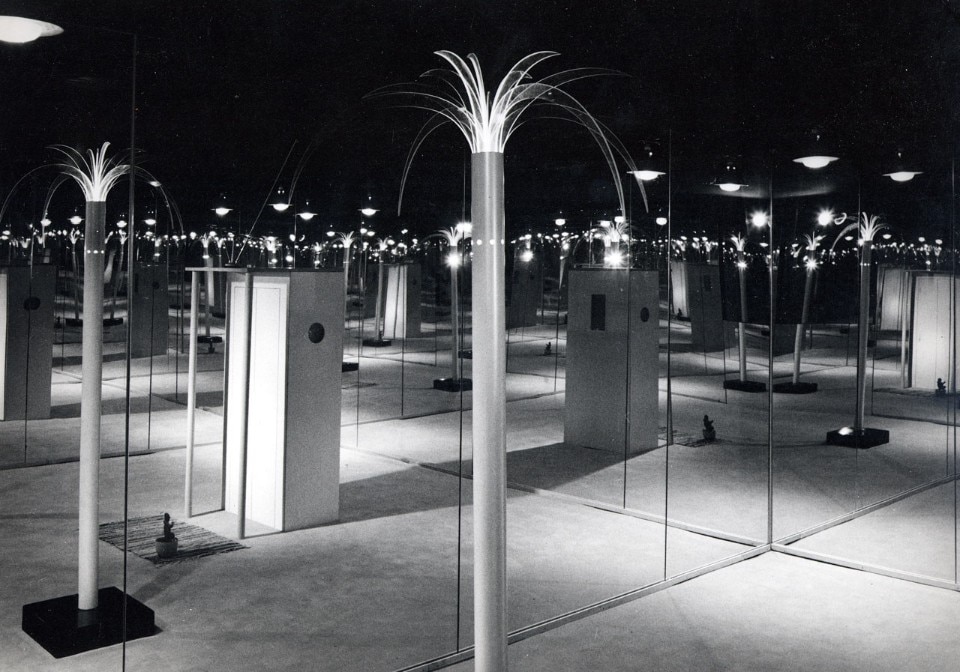
Interiors are often seen as useless or unproductive, but this condition seems to contain the strength of their nature. What do you think?
Nowadays, to design means to work on the unimagined, or rather on all that which until recently had never been considered. Let me explain better, the unimagined is also a source of purely aesthetic areas, purely mental, capable of creating veritable reference points for the culture of design. I have always worked on this category, things done fifty years ago are now being taken into consideration and studied by universities and design historians. We therefore need to be very careful in deciding what is useless.
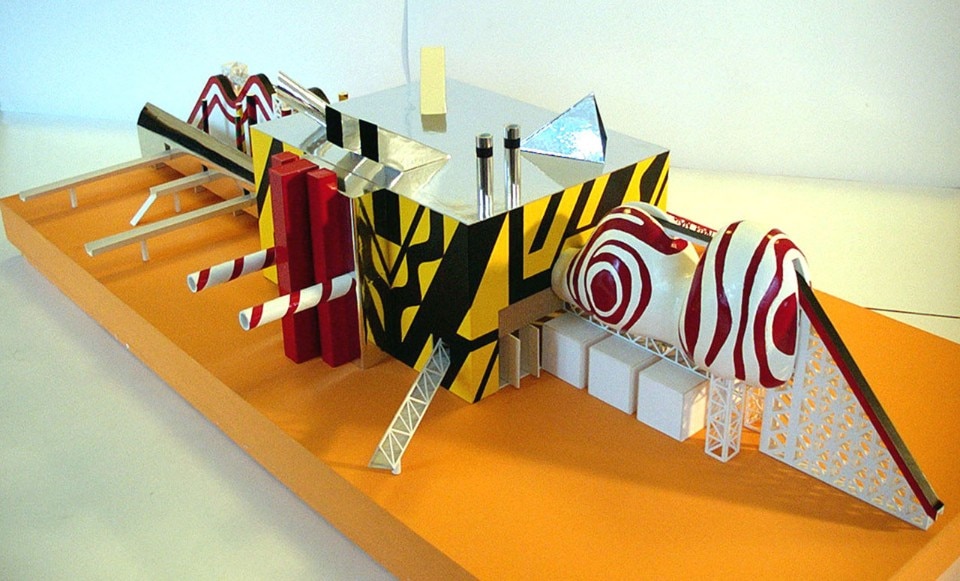
Like the No-Stop City for example, or your degree thesis held in the historical archives of the Pompidou in Paris?
In reality the No-Stop City remains a fundamental point for the world of design as it was one of the first considerations on the supersession of the urban question, on the questioning of the rules of functionalism and on the vision of controlled progress.
Even the decision to become a designer and not an architect originates from this realisation, supported by a number of true moments of illumination, for example Cedric Price, who was one of the first to tell us that the most important quality of architecture was not form, but the micro-climate. Or Ettore Sottsass with Elea 9002, which was published for the first time in Zodiac with photographs by Ugo Mulas, depicting an electronic computer as though it were a Japanese temple full of dark, mysterious objects. A very powerful image.
True illumination, above all because both made no reference to any direct model.
Yes, I am convinced that life is made up of two or three important moments. Moments which change the way things are seen.
Two maestros who changed the way of designing space and its qualities.
Certainly, because an interior is a concept and the quality of the space or habitat is made up of the quality of the objects which are inside and of the materials that make it up. The world of interiors works on the general vision of space, on sounds, smells, micro-climate, experience and its immaterial value. In practice on its immersive dimension.
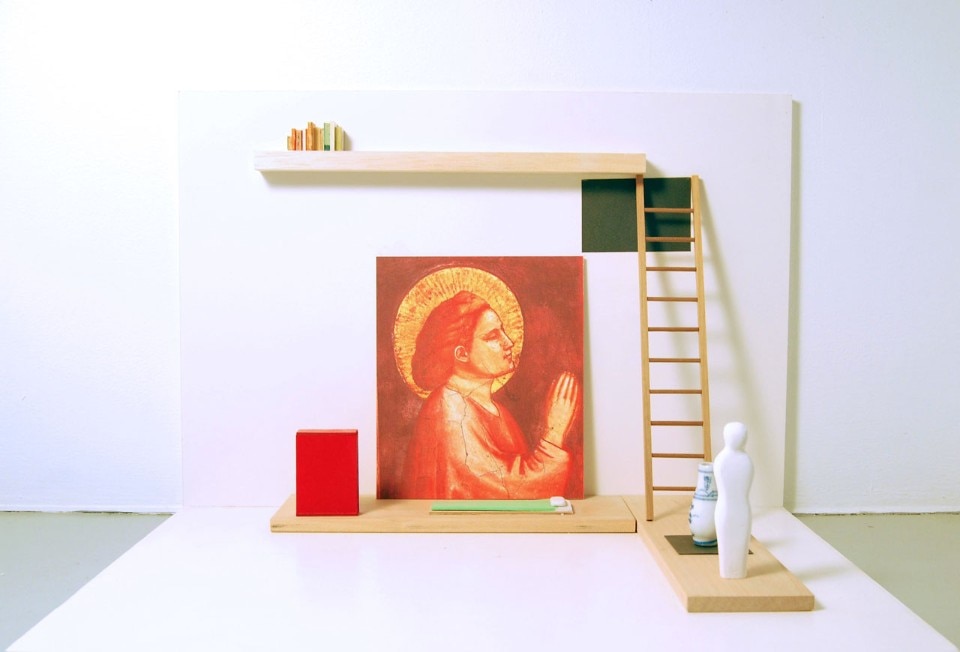
A dimension which is interpreted by the creation of hundreds of schools on a global scale which work on interiors and on the core of this discipline which is still considered of minor importance.
This is true, but it is also due to another factor. It derives from the fact that the entire industrial system, which finds itself facing international competition, continuously needs to renovate its catalogue, its services, its promotion. It therefore requires innovative energy which drives a machine that needs to be in continuous motion, because there is always a new matter which design needs to address, acting as interpreter. Nowadays, innovation means new schools, new economies, new areas of development, new interiors, but what is most revolutionary is that nowadays no-one can do without it.
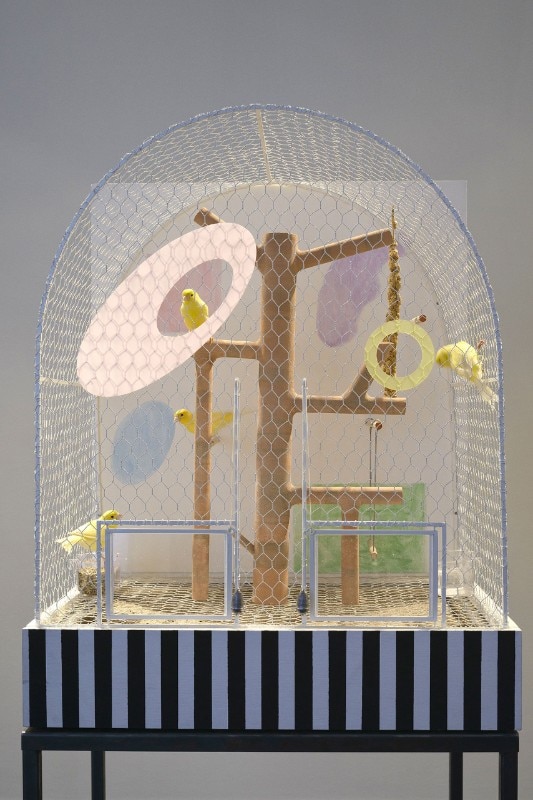
So design is something which can reform itself through the drive of innovation?
Absolutely.
Even if all of this seems to be developing in a condition of great ambiguity, that which you call a neo-primitive dimension?
With globalisation came the hope of a rational and efficient world governed by the free market, in which all of the metaphysical components such as, for example, religion, should have been absorbed by progress. Instead, the attacks of the eleventh of September and the wave of armed fundamentalism has demonstrated the opposite, revealing how the processes of change are tied to profound conditions inherent to the existence of mankind. These are events which are often unpredictable, and which cannot be controlled. For this very reason we can say that prehistory is not over, that primitive man made individual discoveries or inventions which were not part of a wider-ranging project beyond personal survival. There was no concept of the future, which is one of those inventions which design is unable to free itself of. Dealing with the continuous present in which we live is challenging enough.
I agree.
All that matters is the present!


